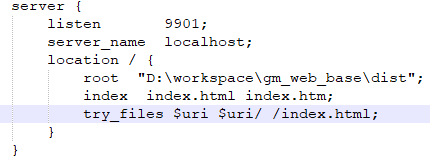I want to find a maximal interval in which an expression e is true for all x. A way to write such a formula should be: Exists d : ForAll x in (-d,d) . e and ForAll x not in (-d,d) . !e.
To get such a d, the formula f in Z3 (looking at the one above) could be the following:
from __future__ import division
from z3 import *
x = Real('x')
delta = Real('d')
s = Solver()
e = And(1/10000*x**2 > 0, 1/5000*x**3 + -1/5000*x**2 < 0)
f = ForAll(x,
And(Implies(And(delta > 0,
-delta < x, x < delta,
x != 0),
e),
Implies(And(delta > 0,
Or(x > delta, x < -delta),
x != 0),
Not(e))
)
)
s.add(Not(f))
s.check()
print s.model()
Which outputs [d = 1/4].
To check it, I set delta = RealVal('1/4'), drop the ForAll quantifier from f and I get x = 1/2. I replace delta with 1/2 and get 3/4, then 7/8 and so on. The bound should be 1. Can I get Z3 to output that immediately?


